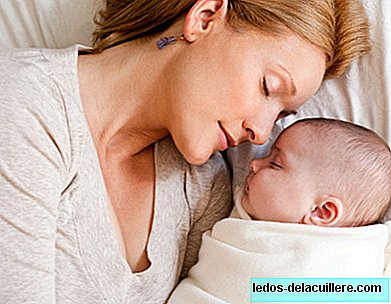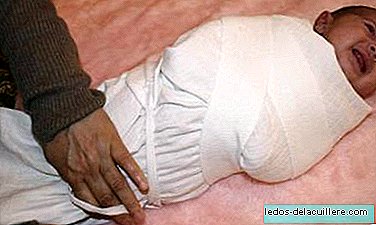
It is still too early, we will seek economic stability, I do not have a fixed contract ... those are some causes of women increasingly delaying their maternity. Specifically in Spain, motherhood comes for the first time at age 32, according to the National Statistics Institute (INE).
According to gynecologists, the most fertile age is between 20 and 30 years old, starting at 35 when fertility begins to drop sharply and at 40 there are hardly any quality eggs, Do you know the risks of being a mother at that age?
Specifically, researchers from the University of St. Andrews confirm that after 35 years, a woman's ovarian reserve is almost 10% of the total. And at 40, the woman barely has quality ovules without reproductive and / or chromosomal failures, her ovarian reserve being 3%.
What does the World Health Organization say?
This body indicates that maternal age greater than or equal to 35 years is considered medium risk factor and the safest age to conceive is between 20 and 24 years old.
Risks in pregnancy after 40
Higher abortion rate: women under 35 years of age have a 15% chance of having a miscarriage, while in women between 35 and 45 the chances are between 20 and 35%. Once this age is over, the risk increases to 50%. As we get older the chromosomal abnormalities that the embryo can have also grow.
Hyperemesis gravidarum: These are extreme nausea and vomiting during pregnancy that can lead to a loss of more than 5% of body weight. Something that usually affects women over 35, those who expect twins or twins, although there are exceptions. Surely you hear Kate Middleton's problems in pregnancy, she suffered them.
Preeclampsia-eclampsia: On the one hand we have preeclampsia, which is a complication of pregnancy that causes high blood pressure. On the other hand, eclampsia is the presence of generalized seizures in patients with preeclampsia.
Prematurity: In 2013, scientists, belonging to the universities of Granada, Alicante and Elche, carried out the most complete European study on this subject, which was published in the magazine Hospital Nutrition. In it they analyzed a sample formed by 78,391 newborn babies from the province of Alicante, of which 5,295 were premature. They concluded that teenage mothers and those over 35 have a higher risk of having premature and low birth weight children.
Gestational diabetes: It is a type of diabetes that occurs in pregnancy and is detected through the O'Sullivan test or glucose test in the 24-28 week of pregnancy. However, if there are any antecedents such as overweight, family member with diabetes, sugar in the urine, previous child with more than 4 kg. at birth or age over 35 years this test is done in the first and third trimester.
Intrauterine growth restriction: also called (RCIU), refers to a mismatch that prevents the proper development of the fetus. In these cases the fetus weighs less than 90% than other babies of the same gestational age.
Placental abruption: This is a serious problem that occurs when the placenta separates from the wall of the uterus before delivery. In addition to age, other factors that can give rise to this event are that the mother is a smoker, hypertensive, when there is an excess of amniotic fluid, in twin pregnancies, among other causes.
These are some of the main risks but it should be noted that each pregnancy and each specific case must be treated with a specialist and the same as a pregnancy at 20 years can have complications also the possibility that at 40 does not have them.
Via: Infosalus.com












